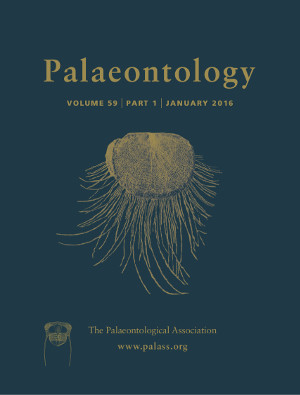Reg. Charity No. 1168330

In the last 20 years, much taphonomic experimentation has focused on the interpretation of exceptionally preserved fossils. Decay experiments have been used to interpret the features preserved in soft-bodied fossils and to determine the sequence of character loss and its impact on phylogenetic position. Experiments on the impact of microbial communities on decay and mineralization have started to illuminate the processes involved in the fossilization of soft tissues, including embryos. The role of decay in promoting authigenic mineralization has been used to investigate the formation of Ediacaran macrofossils and concretions. Maturation experiments have shown how the constituents of animals and plants are transformed over time to a macromolecular material that converges on a similar stable composition. Other maturation experiments have explained how structural colours in fossils are altered from the original. A major area requiring investigation is the role of specific types of microbes in decay and their impact on sediment and pore water chemistry, as well as the environmental controls that determine their presence and level of activity. Microbial activity has received less attention than other factors in attempts to explain why the occurrence and nature of exceptional preservation varies in time and space through the fossil record.